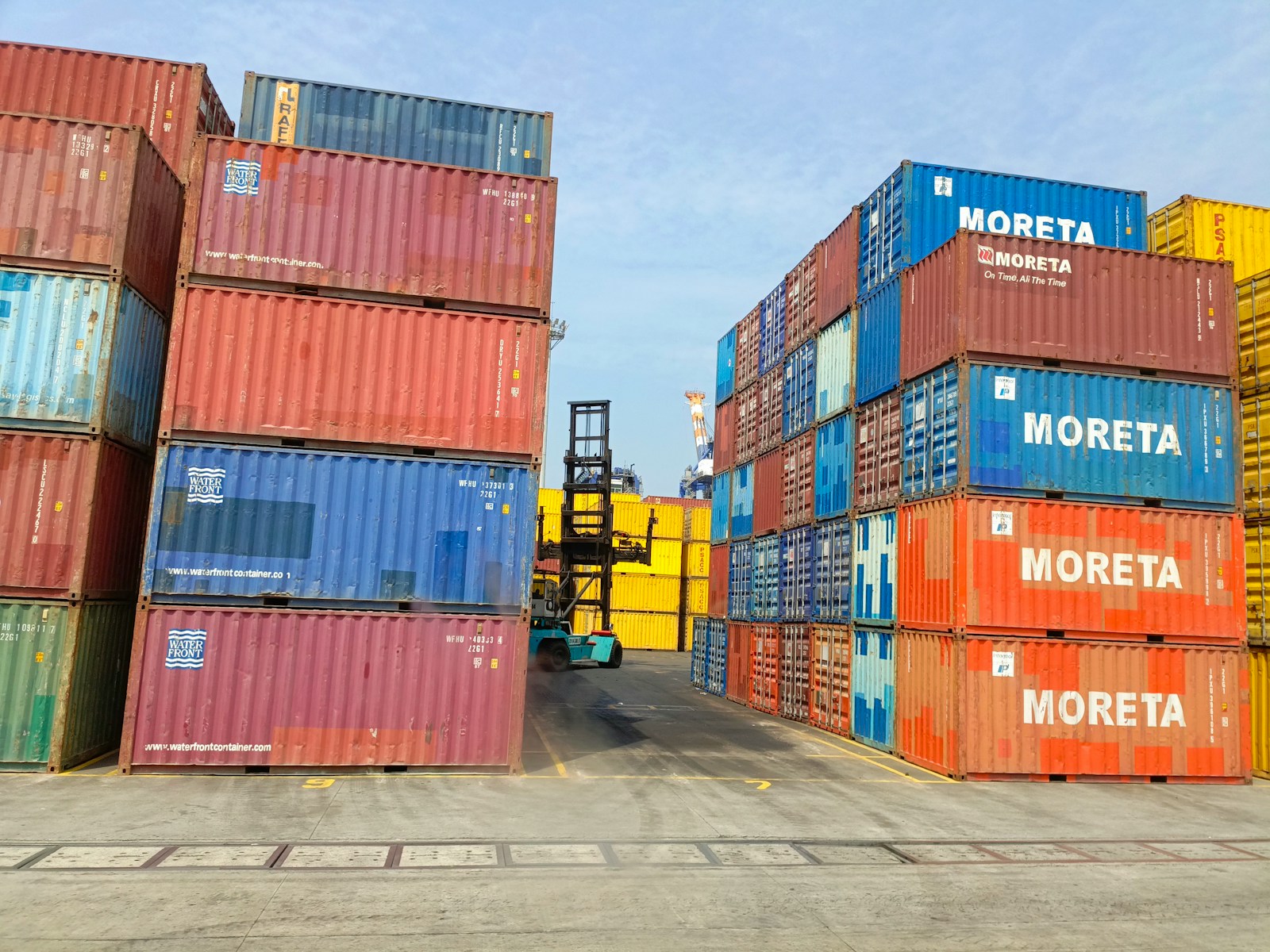South Africa’s Unemployment Rate Climbs to 33.2% in Second Quarter of 2025 Amid Growing Labor Market Pressures
In the second quarter of 2025, South Africa experienced a notable increase in its unemployment rate, reaching 33.2%. This marks a continuation of an upward trend seen since the final quarter of 2024 and represents the highest unemployment level recorded since that period. The latest figures, released by Statistics South Africa, highlight persistent challenges in the country’s labor market.
Despite a slight increase in employment numbers, with an additional 19,000 people finding jobs to bring total employment to approximately 16.8 million, the total number of unemployed individuals surged by 140,000, reaching 8.4 million. This substantial rise in joblessness underscores the difficulty the economy faces in absorbing the growing labor force.
The labor force itself expanded by 159,000, reflecting an increase in the population of working-age individuals actively seeking employment (those aged 15 to 64). This growth in labor market participation, while positive in terms of engagement, has not been met with sufficient job creation to match demand.
Understanding the Labor Market Dynamics
The steady climb in unemployment to over a third of the active labor force signals structural and cyclical issues within South Africa’s economy. The mismatch between labor supply and job availability can be attributed to various factors including slower economic growth, limited investment in key sectors, and challenges in skills development.
The marginal increase in employment figures suggests some new opportunities are emerging, but these gains are being overshadowed by the larger influx of job seekers and the overall sluggish pace of job creation. This imbalance poses risks for social stability and economic development, emphasizing the urgent need for comprehensive policies aimed at boosting employment.
Broader Economic and Social Implications
High unemployment rates exert pressure on government resources through increased demand for social assistance and welfare programs. Additionally, prolonged joblessness can lead to diminished household incomes, reduced consumer spending, and a rise in poverty levels, all of which hinder economic recovery and growth.
The rising labor force participation is a sign that more South Africans remain willing to work, but without sufficient employment opportunities, frustration and disenchantment may grow. Addressing these challenges requires multi-faceted interventions including improving education and vocational training, fostering entrepreneurship, and stimulating sectors with high employment potential such as manufacturing, agriculture, and services.
Looking Ahead: Strategic Actions Needed
To reverse the current trend, South Africa must implement targeted strategies that encourage sustainable job creation and economic diversification. Collaboration between government, private sector, and civil society will be essential to create an environment conducive to investment, innovation, and inclusive growth.
Moreover, continuous monitoring of labor market indicators and timely policy adjustments will be critical to effectively respond to shifting economic conditions. The goal is to not only reduce the unemployment rate but also to improve the quality and security of jobs available to South Africans.
Conclusion
The rise of South Africa’s unemployment rate to 33.2% in the second quarter of 2025 reflects deep-seated challenges within the labor market and economy at large. While more individuals are entering the workforce, the current pace of job creation is insufficient to accommodate them. This situation necessitates urgent, strategic action to foster economic growth, enhance skills development, and expand employment opportunities. Only through coordinated efforts can South Africa hope to reverse the trend of rising unemployment and build a more resilient, inclusive economy for the future.
For more news: africatrademonitor.com




